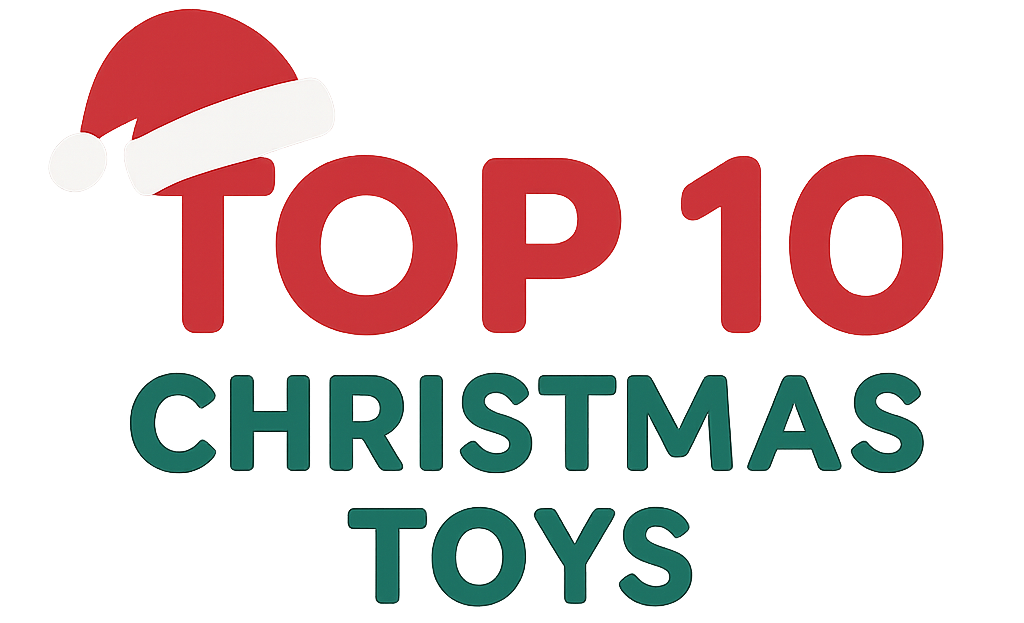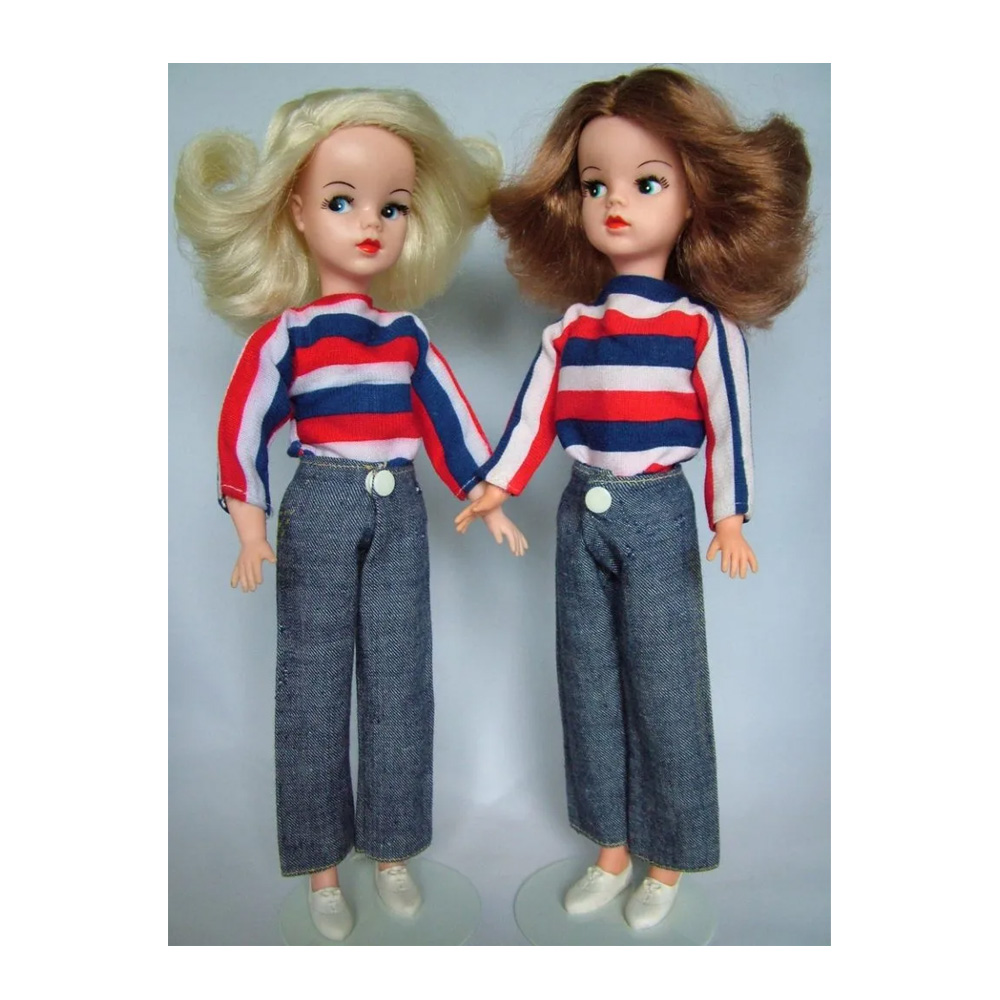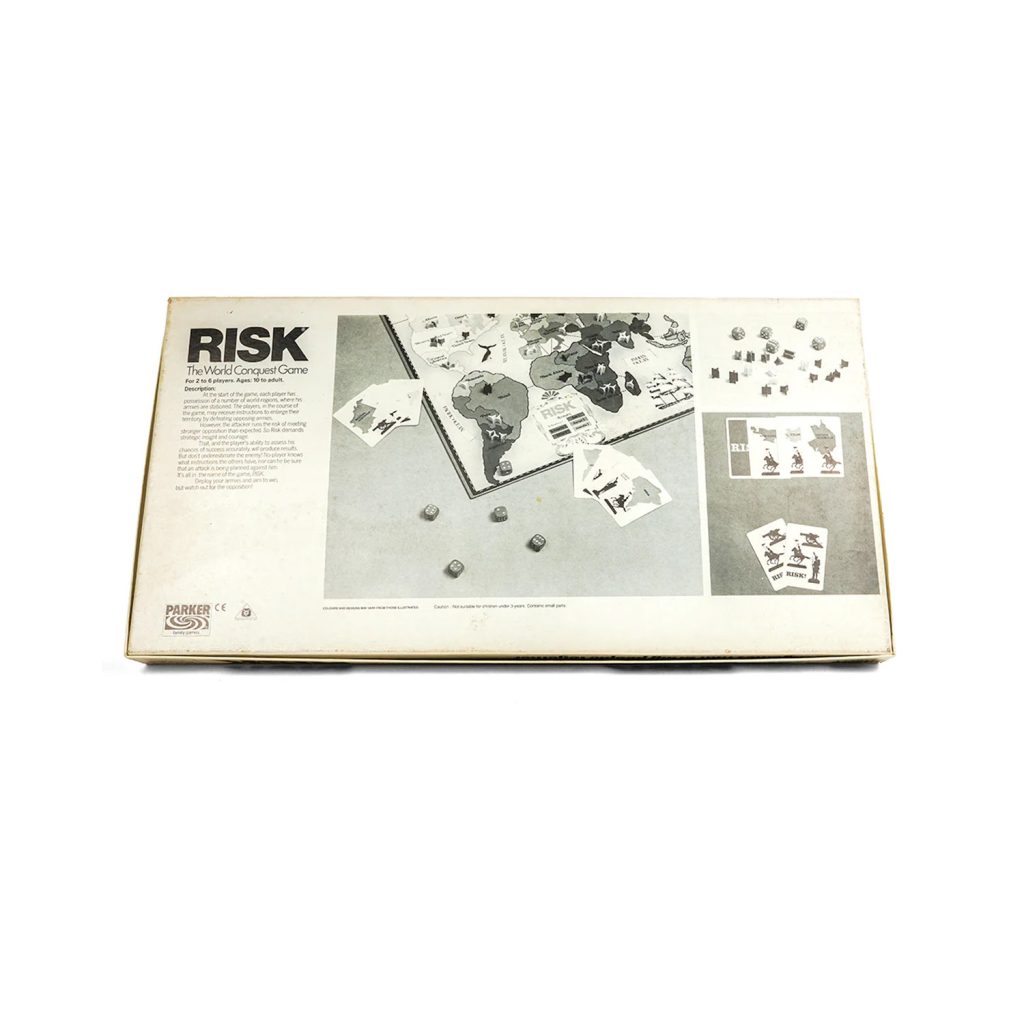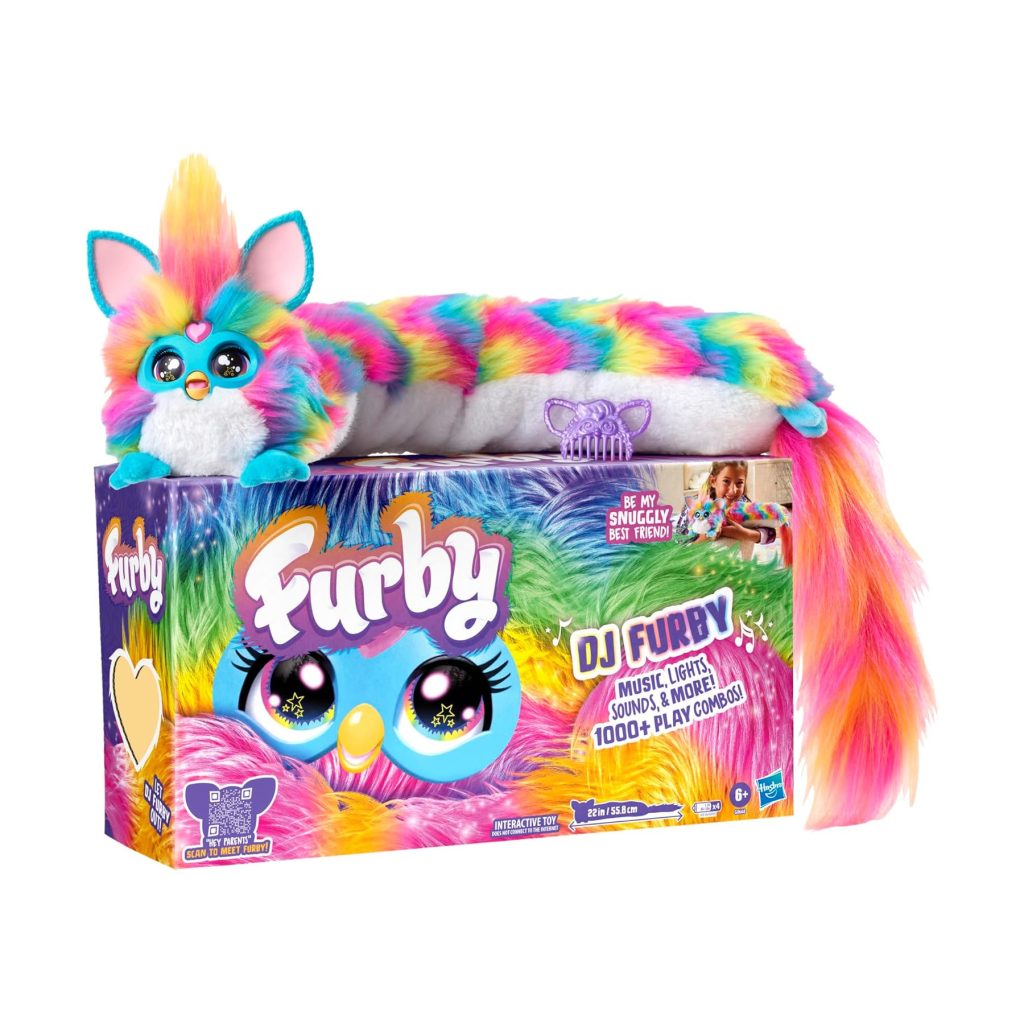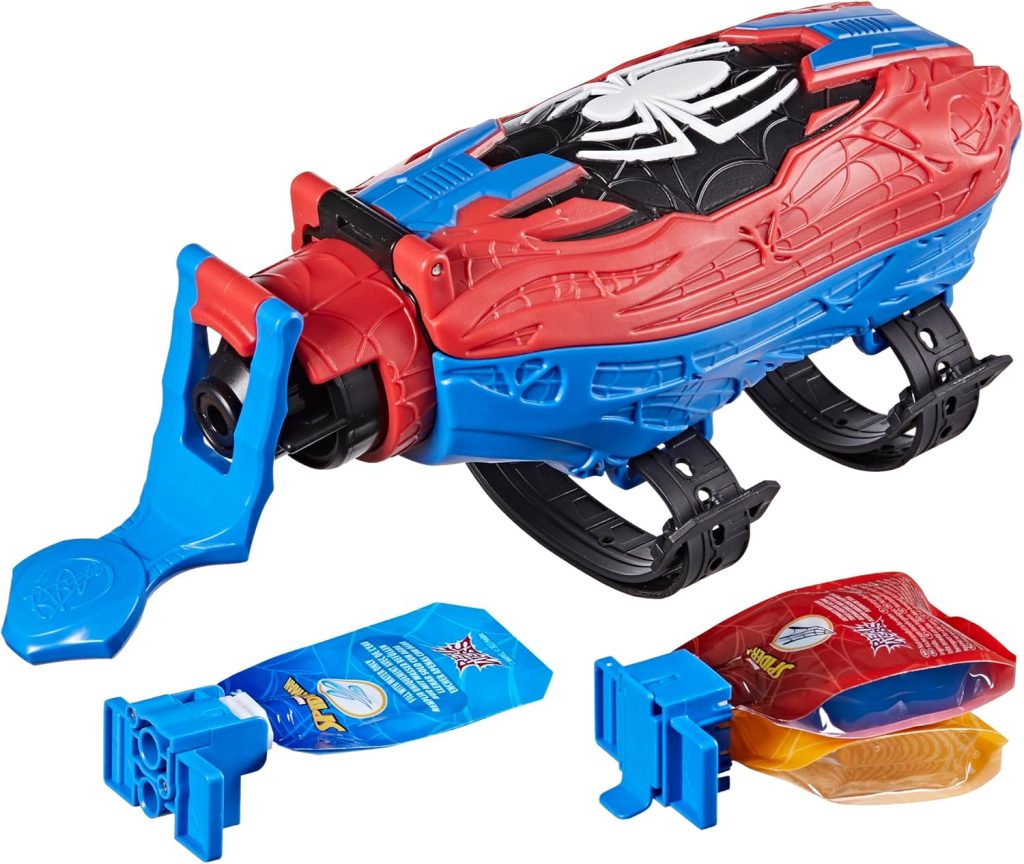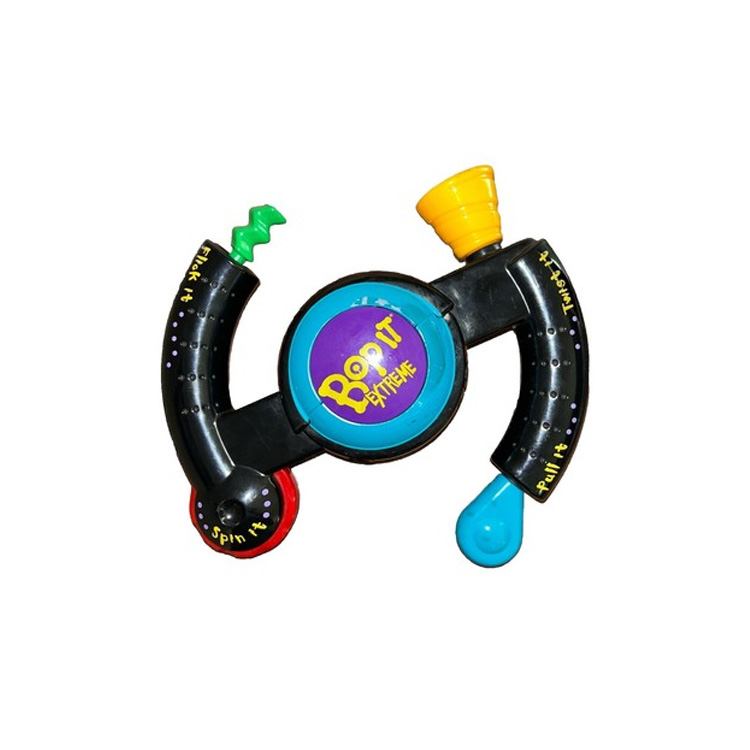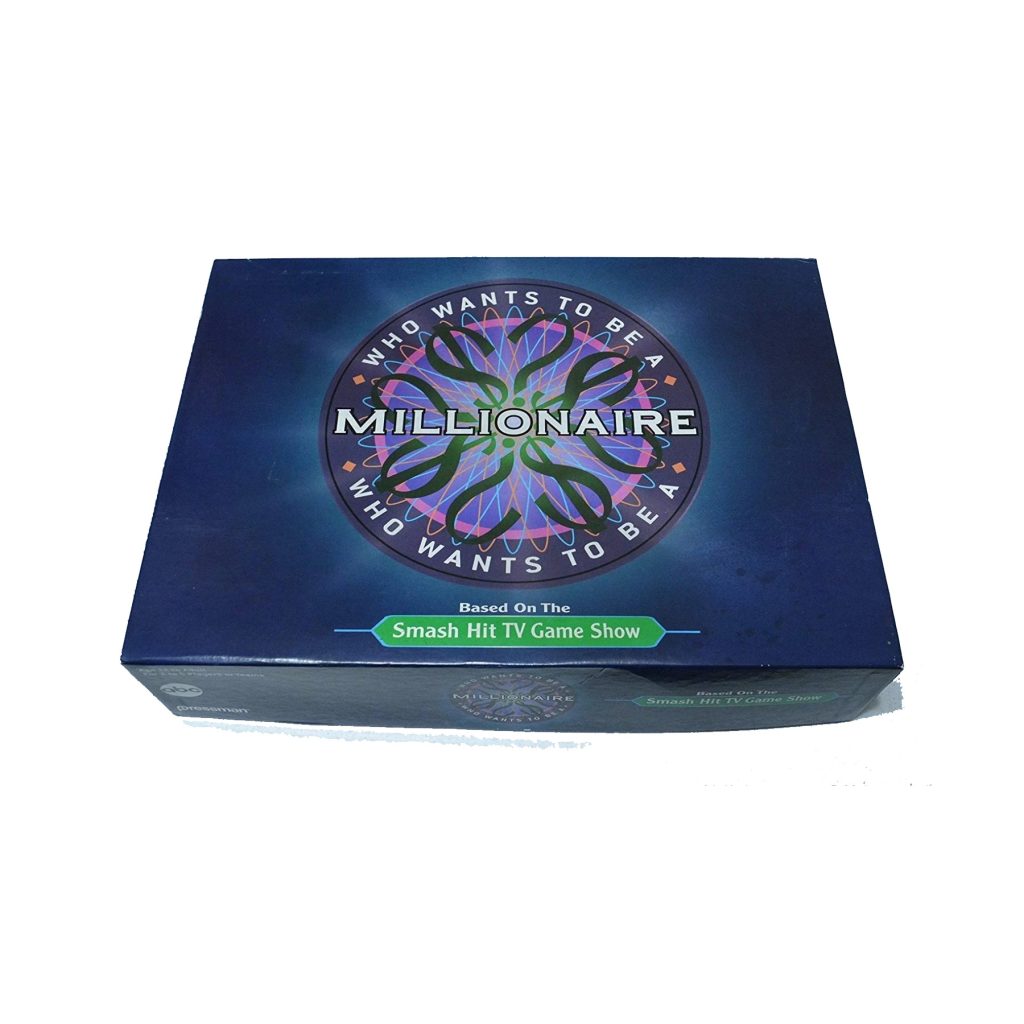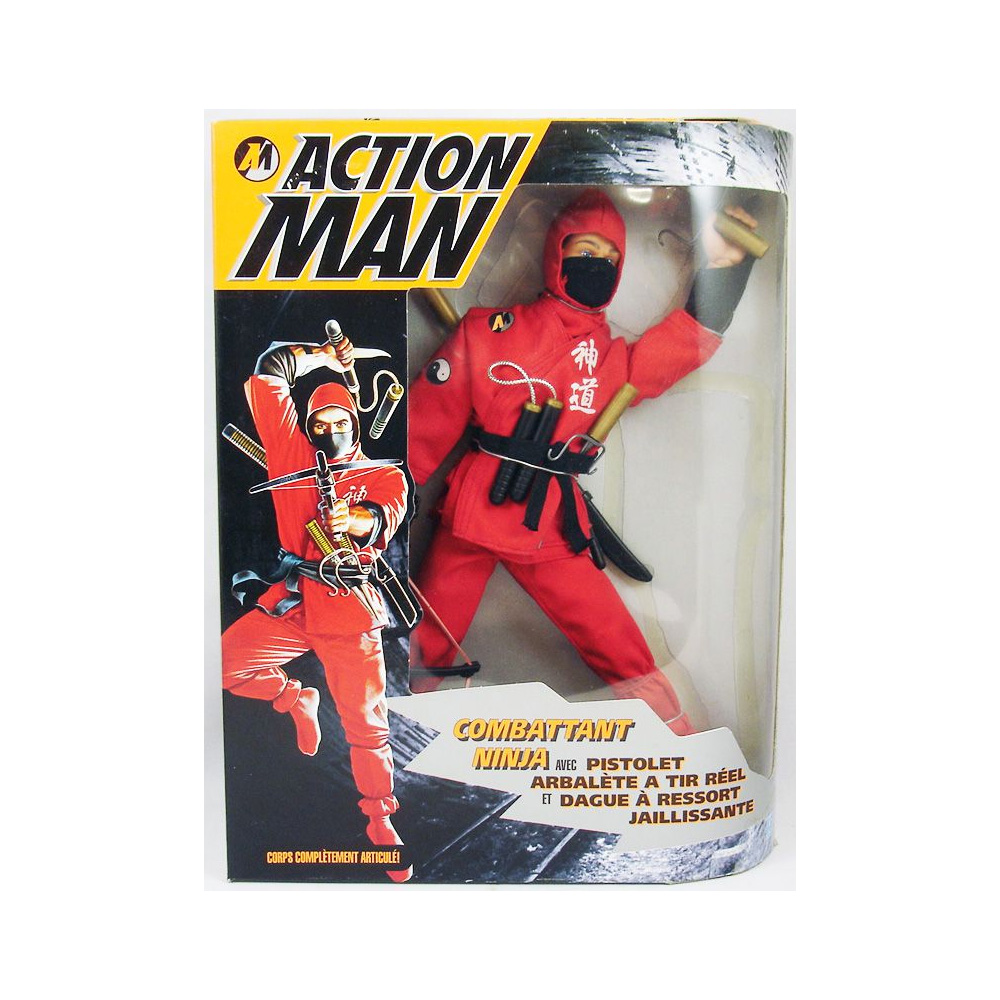
⏰ “Don’t leave it too late — some Christmas best-sellers sell out early each year.”
Nerfball Top 10 Christmas Toys 1970
Nerfball Top 10 Christmas Toys 1970
The Nerfball burst onto the Christmas scene in 1970, transforming living rooms into playful arenas where no lamp or vase was safe—but thankfully, nothing ever broke. Imagine waking up on a frosty December morning, tree lights twinkling, and finding this soft foam ball wrapped in shiny paper under the tree. It wasn’t just a toy; it was a revolution in safe indoor play, one that quickly became a staple of 1970s childhood.
1970: A Year in Context
To appreciate why the Nerfball became such a sensation, it helps to step back into 1970. The Beatles had just broken up, Apollo 13 was the mission that captured headlines with its dramatic “Houston, we’ve had a problem” (NASA archive), and colour television was becoming more common in British households. Children were glued to shows like “Blue Peter” and “Doctor Who,” while parents were keeping an eye on a changing world filled with both excitement and uncertainty. Against this backdrop, toys offered joy, escape, and family bonding at Christmas time.
The Birth of the Nerfball
Created by Parker Brothers (later part of Hasbro), the Nerfball was marketed as “the world’s first official indoor ball.” Its soft polyurethane foam meant you could throw it around the house without breaking windows, denting walls, or upsetting Mum’s treasured ornaments. At just $1.25 (around £1 at the time, equal to about £13 today), it was affordable enough to land on millions of Christmas lists. The clever tagline—“Throw it indoors; you can’t damage lamps or break windows”—spoke directly to weary parents who wanted their children to have fun without the chaos of smashed decorations.
A Christmas Morning Favourite
For many families, the Nerfball defined that year’s Christmas morning. Kids ripped open boxes, eager to toss the spongy orange ball across the room. Brothers challenged sisters, dads joined in with friendly throws, and soon the entire household became a mini sports arena. Unlike footballs or cricket balls, the Nerfball posed no danger indoors. It was a toy that encouraged energy, laughter, and play during the cold winter months when gardens were muddy and icy.
The Power of Advertising
Television adverts in 1970 showed carefree children hurling the Nerfball at lamps and windows, with everything miraculously surviving unscathed. This bold marketing instantly captured attention. Parents, still cautious about the dangers of BB guns and slingshots, found Nerf refreshingly safe. Toy shops and department stores reported queues in the run-up to Christmas, with some shelves emptying as quickly as they were stocked. The Nerfball became one of the first toys to create a sense of cultural “must-have” status, a buzz that echoed through playgrounds across the UK and the US.
Price Then and Now
In 1970, the Nerfball retailed for just $1.25 in the US (around £1). Adjusted for inflation, that’s roughly £13 today—a bargain compared with many modern toys. Collectors now pay far more for vintage Nerfballs in pristine boxes, sometimes reaching £50–£100 depending on condition. What was once a pocket-money purchase has become a sought-after nostalgic collectible, proving just how deeply the toy embedded itself in the hearts of a generation.
Nostalgia and Legacy
The Nerfball wasn’t just a one-season wonder. It laid the foundation for the entire Nerf brand, which exploded in later decades with foam darts, blasters, and elaborate playsets. But in 1970, the simplicity of the original ball was enough. Parents fondly remember their children’s laughter bouncing off living-room walls, while kids recall hours of imaginative play. For many, the Nerfball was the first taste of freedom to play indoors without restrictions. Even now, saying the word “Nerf” conjures memories of Christmas stockings, playful throws, and the warm glow of family gatherings.
1970 Christmas Memories
Looking back, Christmas 1970 feels like a turning point in toy culture. It was the beginning of brands understanding that safety could be fun, that a clever marketing line could sell millions, and that toys could unite families across generations. The Nerfball embodied the optimism of the time—bright, simple, and filled with possibility. When children recall their favourite gifts of the era, Nerf almost always tops the list. To see how other toys shaped the decade, explore our guide to the most popular Christmas toys across the years.
Conclusion
More than fifty years later, the Nerfball remains an icon of childhood play. It wasn’t just a ball; it was a movement toward safe, family-friendly fun. For those who grew up in 1970, the sight of that bright orange foam instantly recalls the joy of tearing into wrapping paper on Christmas morning. Whether you owned one yourself or watched a sibling claim it first, the Nerfball is a reminder of a simpler time when the best gifts were often the ones that brought everyone together. Explore more classic favourites in our Top 10 Christmas Toys 1970 archive, and if you want to see what kids are dreaming of this year, head over to our Top 10 Christmas Toys 2025 guide for the latest must-haves.
Some links on our site are affiliate links. If you buy through them, we may earn a small commission — at no extra cost to you. 🎄
⏰ “Don’t leave it too late — some Christmas best-sellers sell out early each year.”
Available From:
